Featured Photo Credit: Sarah Keene
Art’s significance changes in the presence of context. The way we perceive the voice within a work of art is likely to evolve, for example, when we learn about the artist’s background, her struggles, her beliefs. An unexpected title or caption can transform how we interpret the elements or story presented within the frame. And even the basic act of placing one image adjacent to others can impute a work that may be unimpressive standing alone with extraordinary visual interestingness within the context of the collection. Think, for example, of the common but compelling photography project that documents the way a human face changes over time: A woman may take a photo of her face every week from age 18 to 81, and whether or not a single one of the portraits is remarkable or even proficient is almost irrelevant; it’s the series itself that draws us in, the way one face relates to the next.
Furthermore, the mind is stimulated and rewarded when it identifies trends, patterns, or other links that unify similar – but non-identical – elements. As photographers, we can create a satisfying experience of visual associations for ourselves and our viewers in a number of ways, one of which is by creating a photographic series, and that will be the focus of this creativity exercise.
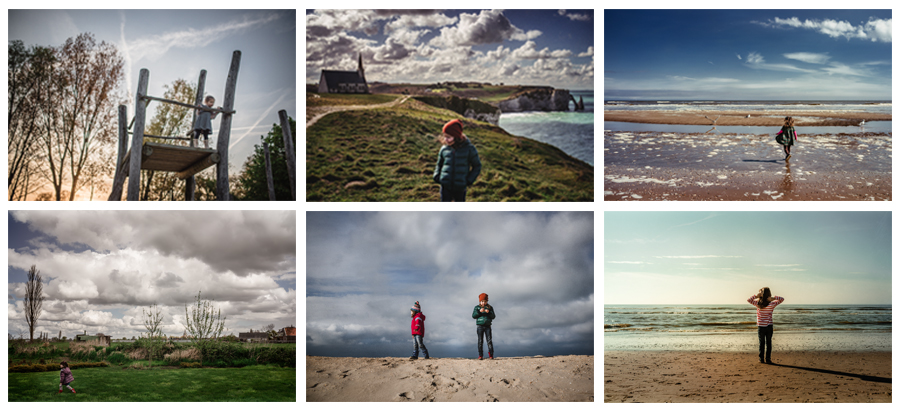
Anita Perminova
1. Identify the theme of your series.
The simplest way to build and observe the impact of a series is to begin by identifying a common theme that is accessible, repeatable, and simple. Simple subjects — doors, chairs, shoes, stairs, clouds, umbrellas — are great choices. Or you might be very specific — children with freckles, food covered in plastic wrap, neon signs with an unlit letter, strangers walking dogs that resemble them (but bear in mind that some of these may be harder to assemble as a collection in a short period of time). Alternatively, you might focus on a design-based series — the color red, polka dots, triangles, lines.

Heather Pich

Merja Verkemaa Schneider

Nicole Sanchez
As storytellers, a series can be an incredible way to isolate beauty within the monotony of daily life. If you’ve ever felt “bored” by the sameness of your subjects or settings, a series is an extraordinarily effective way to transform monotony into a powerful collection. Your every day is not as monotonous as it may seem; embrace the challenge of capturing a subject or ritual as consistently as possible, and you’ll have a new appreciation for how much life changes all around you. Consider making your chosen theme a scene or routine that you use, observe, or experience daily: the morning bus stop, the coat rack, the kitchen sink, the dinner table, the clothesline, the state of your family room at 8pm each evening. I guarantee that such a series will capture incredible details you’ll be glad to have documented.
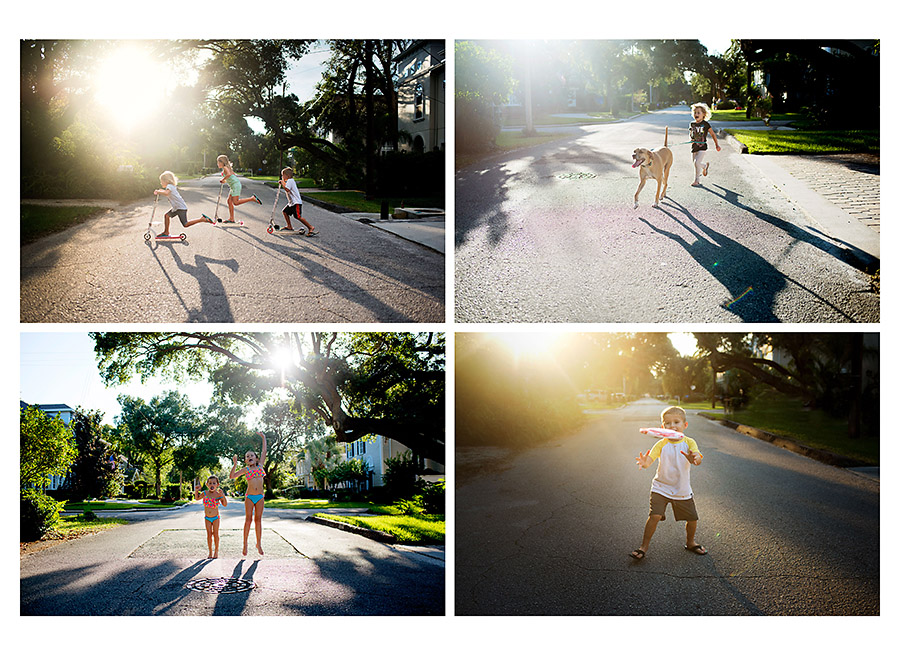
Maggie Fuller
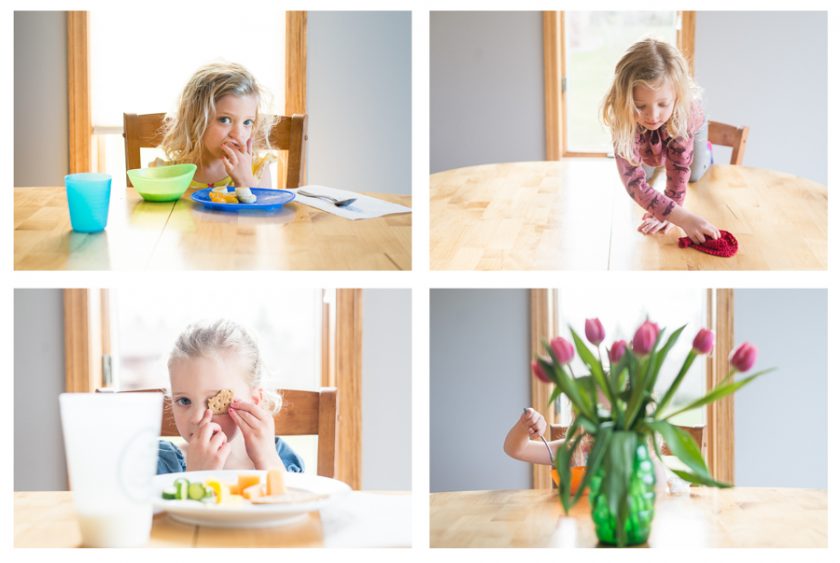
Hannah Fenstermacher

Hannah Fenstermacher

Tara Lynn

Natalie James
Whatever you choose as the theme of your series, I encourage you to keep the following in mind:
2. Clearly define your theme, and keep it literal.
We make psychological connections quickly when items physically resemble one another. You could undertake a more metaphorical series, but for this exercise, start with images that have clear visual ties. Aim to give your viewer instant visual gratification by creating a set for which she can immediately identify the theme.
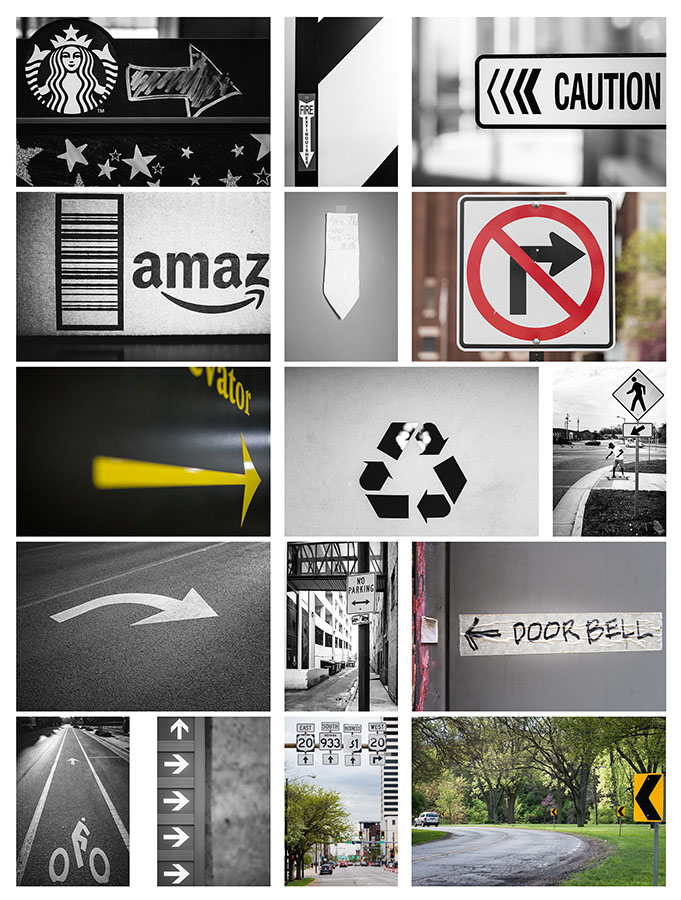
Jenny Brake
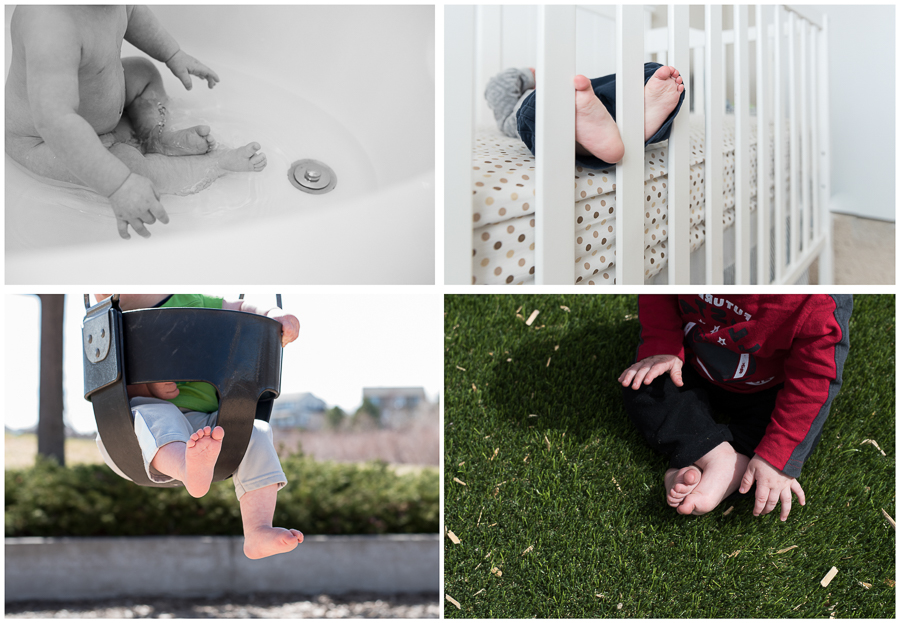
Ali Farmer

Diane Wittenberg
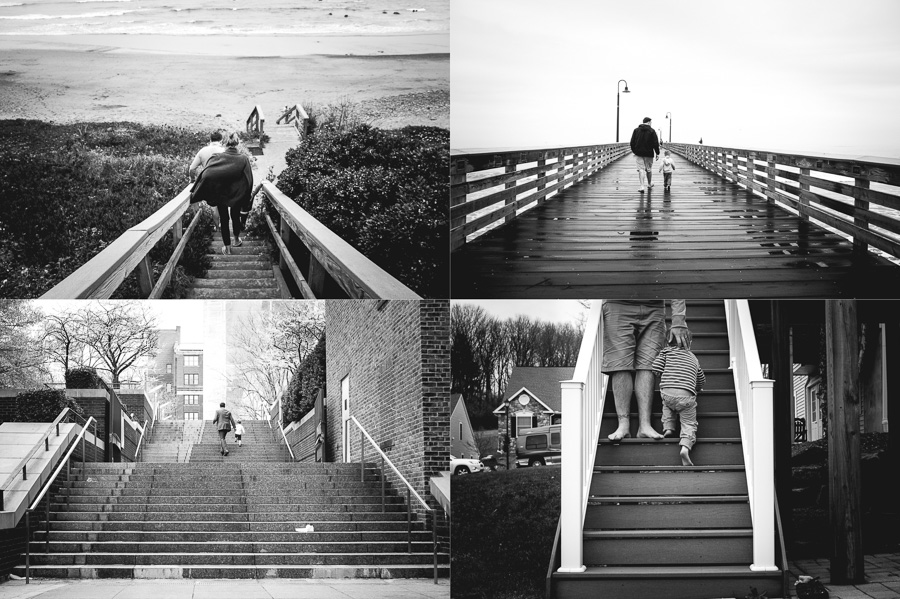
Carrie Nichols

3. Make your physical position and framing as consistent as possible.
Part of what makes a series interesting is the overt connection among the items in a collection, with the nuances of their differences captivating the eye, drawing it in critically, encouraging comparison. With that in mind, try to approach your subject or scene from the same perspective, filling the frame roughly the same way for each photo you take. This may be slightly less crucial for design-based themes, but is especially important when capturing subject or scene based themes; consistency between frames helps us to appreciate incremental changes between scenes or the more subtle differences among similar subjects.

Sarah Hodges

Sarah Wilkerson
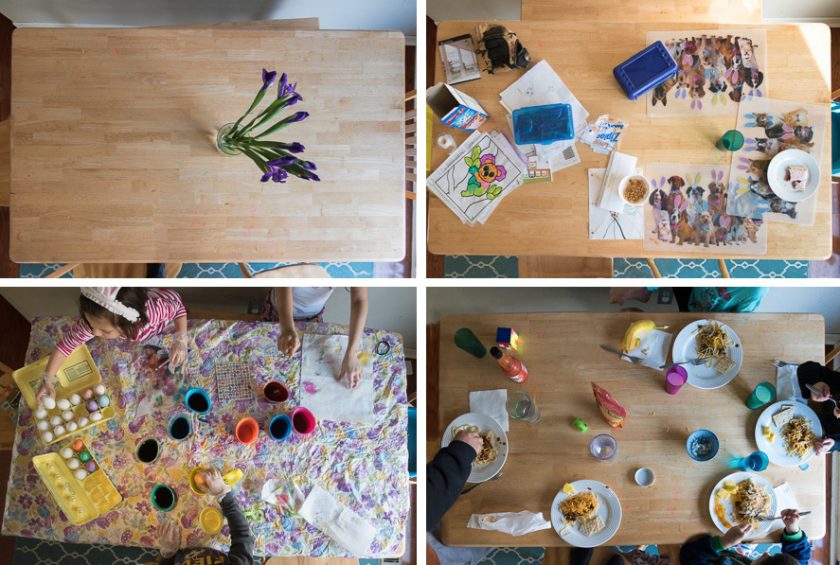
Jodi Williams
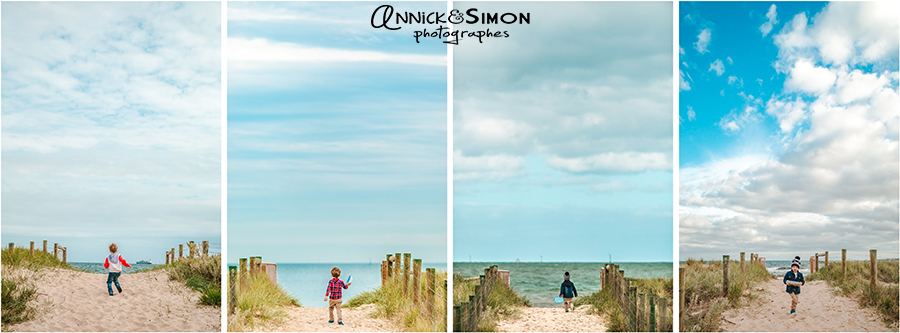
Annick Paradis
4. Stay focused on the whole.
Remember that the purpose of the exercise is not to create images that need to stand alone but to observe their power as part of a greater collection. The collection – not the isolated image – is the creation here. The collection itself is meant to be work of art, and the art should be stronger as a set than the pieces are in isolation. You may not appreciate the beauty of what you are creating until the series begins to take shape, so do not discard images lightly. Wait to see what develops as the collection accumulates.
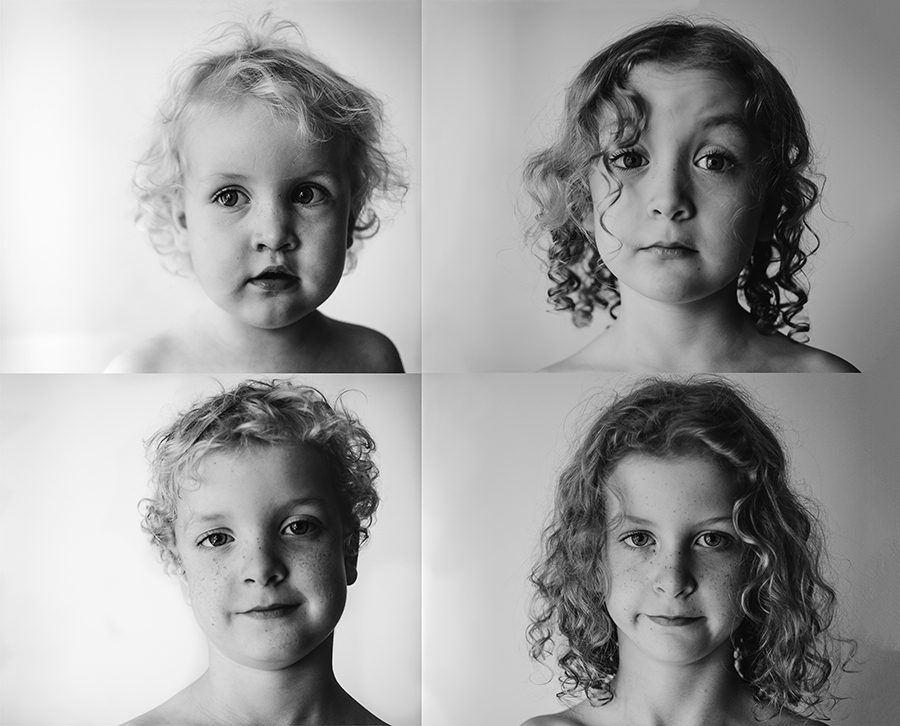
Katy Bindels
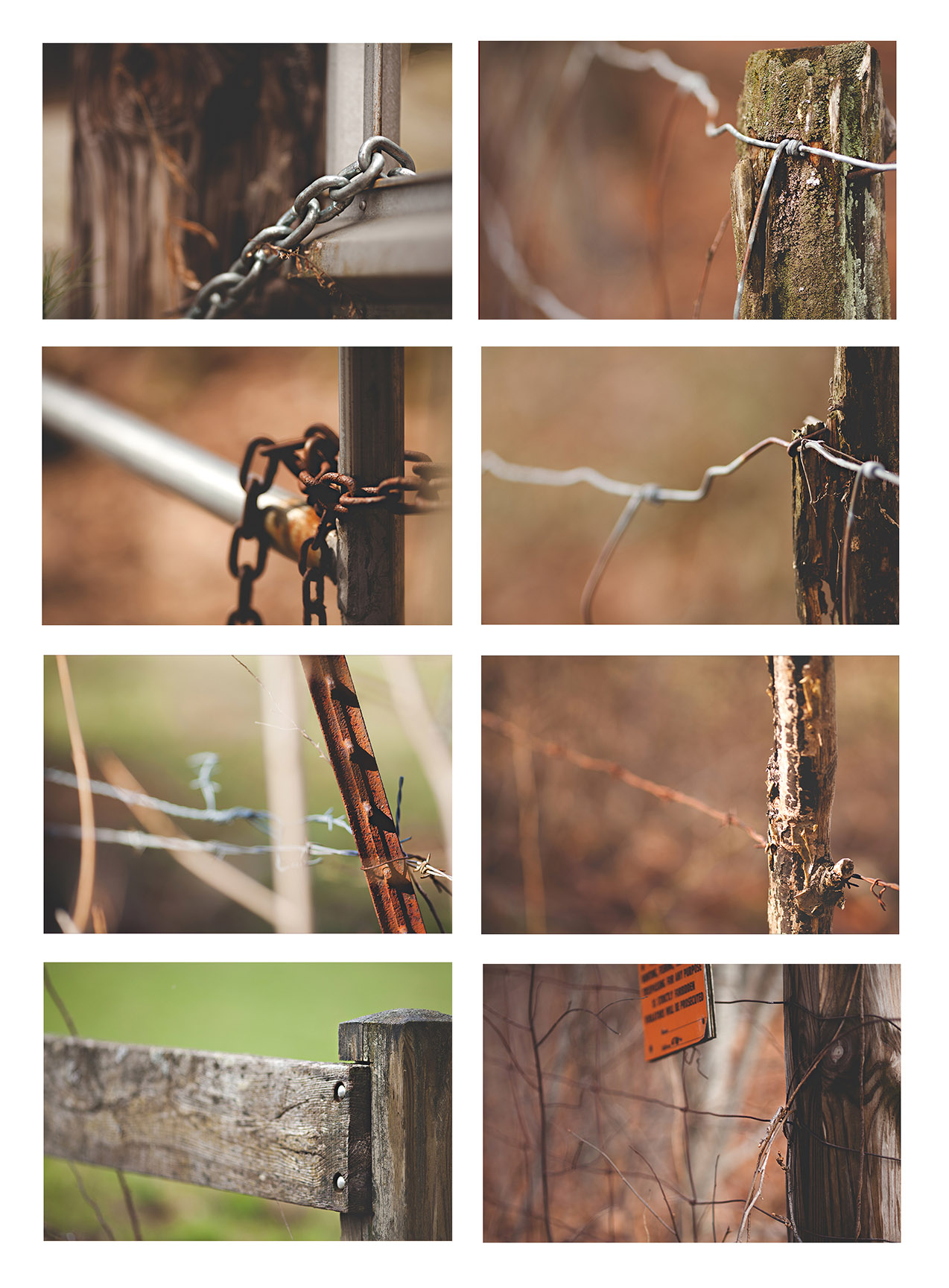
Amy Moisuk
Shoot for your theme until you have a total of 4 (or more) images to provide the foundation of your collection. Present your images as a grid or stacked set.

Kari Ganske

El fung

Tetyana Gumenyek
How can you become a more creative photographer? Shoot thoughtfully, experiment frequently, collaborate with fellow artists, and embrace creative and technical challenges. Join us for new photography exercises and creativity assignments! Sarah Wilkerson regularly presents creativity exercises for photographers as part of a community challenge for Clickin Moms photography forum members. At the conclusion of the exercise, we select Editors’ Choice images from among the exercise submissions and share them here with you on the blog. Congratulations to all of the featured photographers, and thank you to all of the members who participated in this exercise!

Be sure to participate in the next exercise! Become a Clickin Moms member (if you aren’t one already!), and join us over on the forum where Sarah has posted “A new take on the environmental portrait” We’d love to see your photos!
The post 5 steps to producing a powerful photography series appeared first on Clickin Moms.






